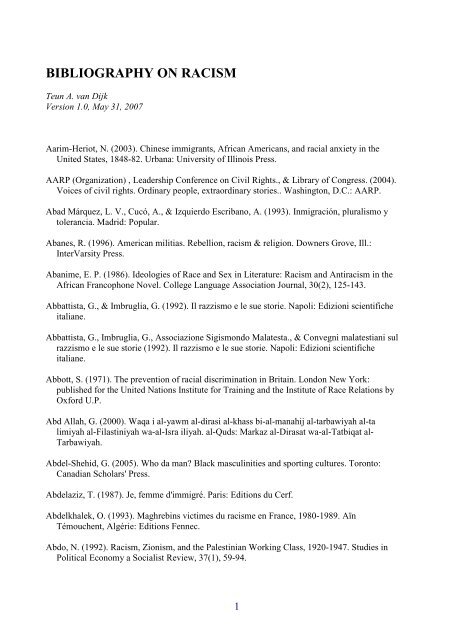The Aztecs have puzzled and intrigued researchers for centuries, and the origins of the Aztec people is still a mystery.
3 Full PDFs related to this paper. Macmillan English Grammar in Context Interme. In Mac OS X Tiger, Apple reintroduced Dictionary as a system wide service. Right click on a word, and the 'Look up in Dictionary' contextual menu will open the Dictionary application and present the word's listing. Control+Apple+D can also be used to look up an entry for a selected word. NeXTSTEP included a. Video Showing how to run the Trace Route on Mac OS? Detailed instructions - https://www.pcrisk.com/computer-technician-blog/mac/12296-how-to-perform-a-trace.
Mythical lands throughout various cultures have come and gone – including for the Aztecs. They have stories of their own mythical land, lost in time just like Atlantis, Lyonesse and Camelot in other parts of the world. This is the story of Aztlan, the forgotten land of the Aztecs.
Due to modern technology, researchers have been able to dig deep and uncover a rich culture hidden in the depths of the Americas. Finding hidden structures and artifacts, we now know a great deal about who the Aztecs were, but their origins still remains a mystery. It’s now thought that the mythical land of Aztlan could have been the cradle of Aztec civilization.
Whether or not Aztlan ever actually existed is open for debate, but just as teams have dedicated their lives to discovering other lost lands, researchers are still committed to uncovering the truth behind the mythical land of the Aztecs.
So far, efforts to locate Aztlan have taken researchers on journeys through the jungles of Mexico to the deserts of Utah.
The Story of Aztlan
The story of Aztlan begins with the migration of seven groups pf peoples. These tribes were known as: Acolhua, Chalca, Mexica, Tepaneca, Tlahuica, Tlaxcalan and Xochimilca. These tribes lived at Chicomoztec, or “the place of the seven caves”.


The groups came together to establish their new lives at Aztlan, eventually becoming known as the Aztecs.
Aztlan is thought to translate to “the place of whiteness” or “place of the Heron”.
In some stories, Aztlan was a paradise located on a lake, where citizens were immortal and could access a land rich in resources. There was a hill called Colhuacan in the middle of the lake, and in the hill there were caves known collectively as Chicomoztoc, where the ancestors of the Aztecs lived. Large fish, colorful birds, ducks and herons were in abundance. People used canoes to fish, and tend to their floating gardens.
In the codex Aubin however, it was a land governed by a tyrannical elite, known as the Chicomoztoca. In this story, the Aztec people began to seek freedom, and a priest led them on an exodus from Aztlan to establish their own settlement in a new land.
Road To Aztlan Mac Os Download
The migration is said to have occurred on May 24th 1064, which was the first Aztec solar year. During the migration, the god Huitzilopochtli appeared to them, and told them to change their name from the Aztecs to the Mexica. They eventually found their new home in the valley of Mexico.
Evidence For Aztlan
The codex Boturini o Tira de la Peregrinacion is one of the remaining codexes left by the Aztecs. The codex chronicles the migration from Aztlan, but as well as written works from the Aztecs themselves, it was also chronicled by the Spanish. Bernal Diaz del Castillo, Diego Duran, and Bernardino de Sahagun, recorded the story of Aztlan as they had heard it told by the Aztec people.
In a comprehensive study of the available histories, archaeologist Michael E. Smith found that these sources cite the movement of not just the Mexica, but several different ethnic groups. Smith’s 1984 investigations concluded that people arrived in the Basin of Mexico from the north in four waves. The earliest wave (1) was non-Nahuatl Chichimecs sometime after the fall of Tollan in 1175; followed by three Nahuatl-speaking groups who settled (2) in the Basin of Mexico about 1195, (3) in the surrounding highland valleys about 1220, and (4) the Mexica, who settled among the earlier Aztlan populations about 1248.
https://www.thoughtco.com/aztlan-the-mythical-homeland-169913Search For Aztlan
Researchers believe the migration of the seven tribes headed north when seeking Aztlan, but one major restriction in trying to find the actual location, is not knowing how far north they actually traveled. A possible theory is that the Aztec people might not have originated from Mexico, which had led researchers on excursions up to Utah. With no real description to work with, the lost land of Aztlan could be anywhere.
Road To Aztlan Mac Os 11
Modern day researchers are not the only people with an interest in finding Aztlan. King Moctezuma Ilhuicamina (1440-1469) is once said to have sent an expedition to find the land. The expedition consisted of sixty elderly sorcerers and magicians, who were given gifts to present to their ancestors once they arrived. The sorcerers and magicians are said to have found the land after transforming themselves into birds.
Though the discovery of Aztlan would be a monumental find, researchers agree that the migration to the valley of Mexico is the most important part of Aztec history.
Road To Aztlan Mac Os Catalina
The search for the mythical land of Aztlan continues, but in reality, it may never be found.